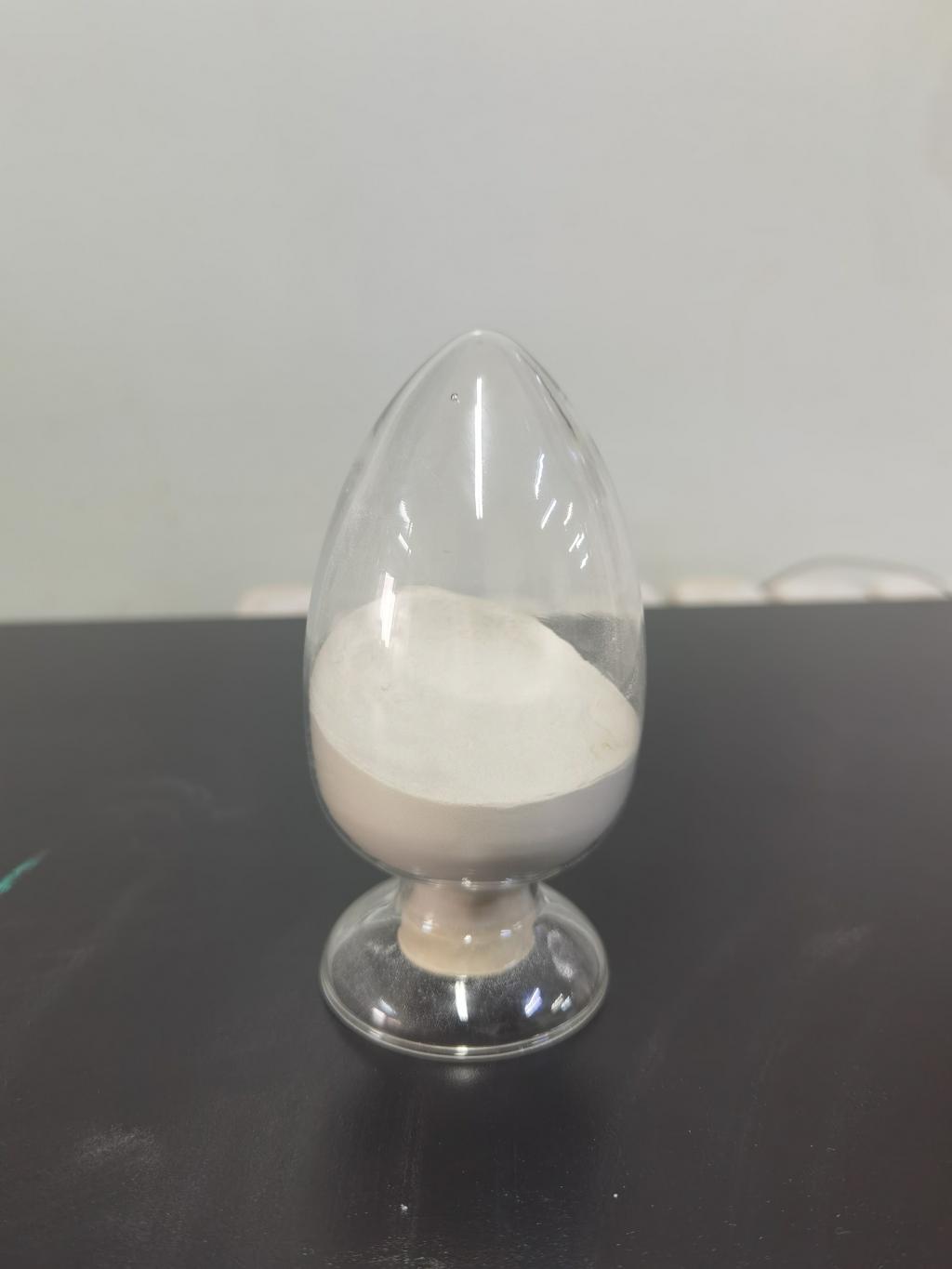Tel:0086 18231198596

News
Safety and regulations surrounding Nisin use in food.
TIME:2024-04-17
Understanding Nisin:
Nisin is a polycyclic antibacterial peptide produced by certain strains of the bacterium Lactococcus lactis. It belongs to the class of lantibiotics, which are characterized by the presence of unusual amino acids and post-translational modifications. Nisin exhibits antimicrobial activity primarily against Gram-positive bacteria by disrupting their cell membrane integrity, leading to cell death. Its effectiveness against pathogens like Listeria monocytogenes, Staphylococcus aureus, and Clostridium botulinum makes it a valuable tool in food preservation.
Safety Evaluation of Nisin:
Before approving nisin for use in food products, regulatory agencies conduct thorough safety evaluations to assess its potential risks to human health. These evaluations typically include toxicological studies to determine its acute and chronic toxicity, genotoxicity, carcinogenicity, and allergenicity. The results of these studies help establish acceptable daily intake (ADI) levels and maximum residue limits (MRLs) for nisin in food.
Numerous studies have demonstrated the safety of nisin when used within regulatory limits. It is generally recognized as safe (GRAS) by regulatory authorities, including the U.S. Food and Drug Administration (FDA) and the European Food Safety Authority (EFSA). The Joint FAO/WHO Expert Committee on Food Additives (JECFA) has also evaluated nisin and established ADI values deemed safe for human consumption.
Regulatory Status of Nisin:
In the United States, nisin is approved as a food additive under the Code of Federal Regulations (CFR) Title 21, Part 172. In Europe, it is regulated under the European Union's food additive legislation, and its use is authorized according to Commission Regulation (EU) No 1129/2011. These regulations specify the conditions of use, maximum permitted levels, and labeling requirements for nisin in various food categories.
When using nisin in food products, manufacturers must ensure compliance with applicable regulations and obtain necessary approvals from regulatory authorities. This includes providing evidence of safety, adhering to permitted usage levels, and accurately labeling products containing nisin to inform consumers.
Applications of Nisin in Food:
Nisin finds widespread application in various food products to improve their safety and shelf life. It is commonly used in dairy products, such as cheese and yogurt, to inhibit the growth of spoilage and pathogenic bacteria. Additionally, nisin is utilized in meat and poultry products, canned foods, bakery items, and beverages to prevent microbial contamination and extend product freshness.
The versatility of nisin as a natural preservative makes it an attractive option for food manufacturers seeking alternatives to synthetic antimicrobial agents. Its compatibility with different food matrices and efficacy at low concentrations contribute to its popularity in the industry.
Future Perspectives and Challenges:
Despite its proven efficacy and safety, the widespread use of nisin in food faces some challenges. One such challenge is the potential emergence of bacterial resistance to nisin, although this phenomenon appears to be rare compared to conventional antibiotics. Continued research is needed to monitor and mitigate any resistance developments.
Furthermore, advancements in biotechnology and formulation techniques may enhance the efficacy and application of nisin in food preservation. Encapsulation methods, nanotechnology, and synergistic combinations with other natural antimicrobials are areas of ongoing investigation to optimize the use of nisin while minimizing any adverse effects.
Conclusion:
Nisin represents a valuable tool in ensuring the safety and quality of food products through its potent antimicrobial properties. Regulatory agencies worldwide recognize its safety for use as a food additive within established limits. By adhering to regulatory requirements and leveraging scientific advancements, the food industry can harness the potential of nisin to enhance food safety and meet consumer demand for natural preservatives. Continued research and vigilance are essential to address emerging challenges and maximize the benefits of nisin in food applications.

 CONTACT
CONTACT




